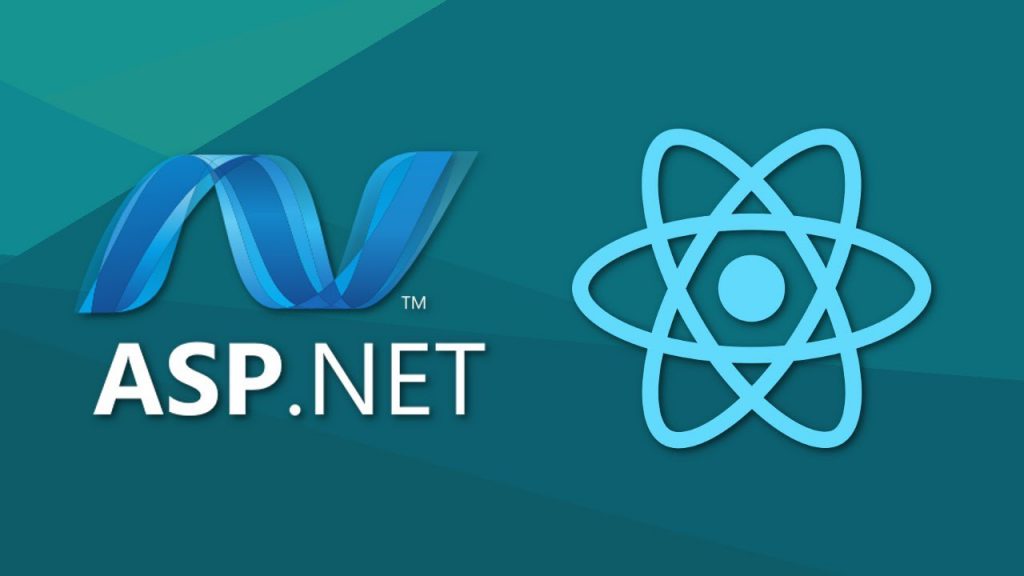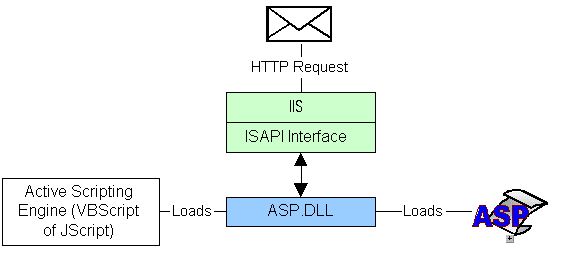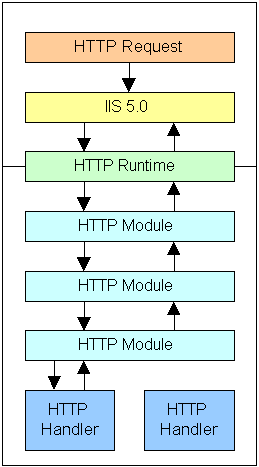
What is ASP.NET ?
It is a web framework designed and developed by Microsoft. It is used to develop websites, web applications and web services. It provides fantastic integration of HTML, CSS and JavaScript. It was first released in January 2002. It is built on the Common Language Runtime (CLR) and allows programmers to write code using any supported .NET language.
ASP.NET works on top of the HTTP protocol, and uses the HTTP commands and policies to set a browser-to-server bilateral communication and cooperation.
ASP.NET applications are compiled codes, written using the extensible and reusable components or objects present in .Net framework. These codes can use the entire hierarchy of classes in .Net framework.
The ASP.NET application codes can be written in any of the following languages:
- C#
- Visual Basic.Net
- Jscript
- J#
ASP.NET is used to produce interactive, data-driven web applications over the internet. It consists of a large number of controls such as text boxes, buttons, and labels for assembling, configuring, and manipulating code to create HTML pages.
Understanding ASP.NET
- ASP.NET executes a web page using the object-oriented programming approach. Every element in asp.net is an object which runs on the server. A .NET Common Language Runtime-compliant compiler compiles a .NET web page into an intermediate language, then a JIT compiler converts the intermediate code to native machine code, and this machine code is eventually run on the processor.
- For an ASP.net developer, it’s very important to understand the ASP.NET page life cycle and ASP.NET application life cycle. It’s very much important to know how the request is being processed using IIS and how the web page is being processed and getting served to the user.
- As a developer needs to buy expensive software (called Integrated Development Environments, or IDEs) in order to build an application, Development & software cost is much important factors to consider when making a website or web application. Not only this, ASP.NET applications can be accessed with all of the popular databases, MySQL, MariaDB, Postgres, Microsoft SQL Server, CouchDB, and MongoDB. Low cost, High Speed, and vast language support are among the most significant benefits of using Asp.NET.
The ASP.NET Component Model
The ASP.NET component model provides various building blocks of ASP.NET pages. Basically it is an object model, which describes:
- Server side counterparts of almost all HTML elements or tags, such as <form> and <input>.
- Server controls, which help in developing complex user-interface. For example, the Calendar control or the Gridview control.
ASP.NET is a technology, which works on the .Net framework that contains all web-related functionalities. The .Net framework is made of an object-oriented hierarchy. An ASP.NET web application is made of pages. When a user requests an ASP.NET page, the IIS delegates the processing of the page to the ASP.NET runtime system.
The ASP.NET runtime transforms the .aspx page into an instance of a class, which inherits from the base class page of the .Net framework. Therefore, each ASP.NET page is an object and all its components i.e., the server-side controls are also objects.
Working of ASP.NET
ASP.NET-Workflow can be explained using the following diagram with a detailed explanation.

- Through an URL, a request is sent for an asp.net file by a web browser to the webserver.
- As a process, the request is received by the asp.net web server, i.e. IIS, which in return gives the appropriate file from memory.
- Now for processing of the asp.net file, it is redirected to the asp.net script engine for the further task by the webserver.
- The script engine runs the server-side script it encounters from top to bottom of the file.
- After the script engine completes the server-side scripting, it sends an html page to the webserver.
- It is explained through the model given below.

Advantages of ASP.NET
Some biggest advantages of using asp.net are :
- Coding time is much less in asp.net framework technology.
- It performs better out of the box.
- Applications built in the asp.net framework are too secure.
- Visual Studio, a framework for asp.net, has a complimentary design and rich toolbox.
- ASP.NET provides continuous monitoring.
- With asp.net, deployment is easier than ever.
- It’s easier to write and maintain pages.
- ASP.NET runtime closely manages and monitors all processes.
Conclusion
ASP.NET makes the internet as a software platform much easier to manage web programming. Asp.net technology gives us full freedom to control our development and can be used anywhere, whether it is a small or big project. As it is managed by Microsoft, it can never be yesterday’s technology as Microsoft has invested a lot in its development and community. So as a whole, we can say ASP.NET will undoubtedly be the tool of choice for most Web developers for the next five years.
I’m a DevOps/SRE/DevSecOps/Cloud Expert passionate about sharing knowledge and experiences. I am working at Cotocus. I blog tech insights at DevOps School, travel stories at Holiday Landmark, stock market tips at Stocks Mantra, health and fitness guidance at My Medic Plus, product reviews at I reviewed , and SEO strategies at Wizbrand.
Please find my social handles as below;
Rajesh Kumar Personal Website
Rajesh Kumar at YOUTUBE
Rajesh Kumar at INSTAGRAM
Rajesh Kumar at X
Rajesh Kumar at FACEBOOK
Rajesh Kumar at LINKEDIN
Rajesh Kumar at PINTEREST
Rajesh Kumar at QUORA
Rajesh Kumar at WIZBRAND

 Starting: 1st of Every Month
Starting: 1st of Every Month  +91 8409492687
+91 8409492687  Contact@DevOpsSchool.com
Contact@DevOpsSchool.com
